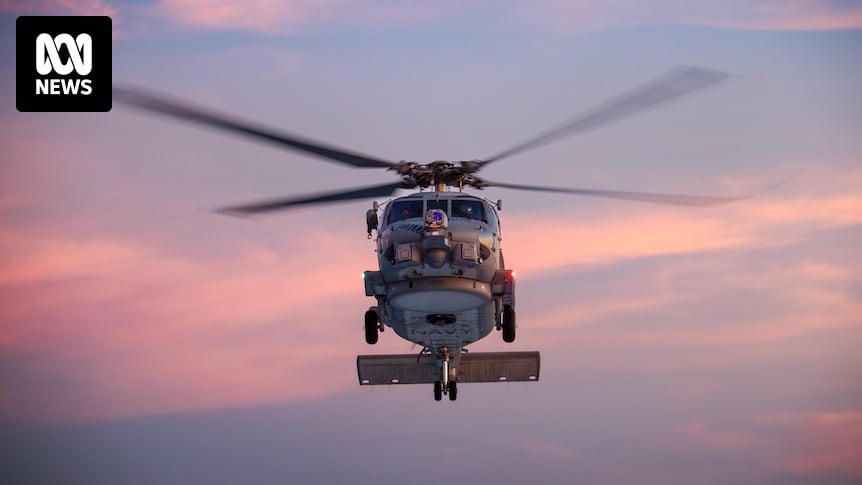An Australian pilot was forced to take evasive action after a Chinese military jet detonated flares close to a Navy helicopter that was operating in international waters near South Korea.
The Defence Department has described the actions of the J-10 Chinese Air Force plane as “unsafe and unprofessional” following the incident which took place in the Yellow Sea over the weekend.
On Saturday a MH-60R Seahawk which had launched from HMAS Hobart was intercepted by the People’s Liberation Army-Air Force (PLA-AF) as it was taking part in a UN mission to enforce sanctions against North Korea.



The difference between “popping” and “dropping” in my reading is that some planes have the flare ejection system aimed upwards, which primarily helps with threats from behind as the flares fly up as they “pop”, then drop into the trail of the aircraft, while some systems are aimed downwards and also mostly to the side, so the “drop” flares which are better if the expected threat is going to be below the aircraft.
This is just conjecture from me, it might be BS, but I see most fighter jets have flare systems aimed upwards, while some transport planes and helicopters have it on the sides on the low side. In case of the helicopters, it might also be there to avoid getting in the rotors. I’m no military pilot, though, so take this with a mine worth of salt.
They don’t aim upwards really because the missile would chase the flare as it falls and bring the defending plane right back into the field of view of the seeker. The flares are supposed to pull the missile away from the aircraft. Source: my plane has flares.
I will also say that “detonating” is a very silly word for this situation because they burn rather than explode. This shouldn’t understate the danger though of ingestion of a burning flare into an engine (modern helicopters like this have small engines that power the rotor) or impact with the rotor which has the potential to cause an even more violent end. If the helicopter is operating with its side doors open, that flare could even enter the cabin and cause serious injury if not loss of the whole aircraft. All of this to protect sales to an evil dictator (NK)
Thanks for the response!
I guess I’ve based my assumptions on the only plane I’ve ever seen popping flares, which was an old Sukhoi. From what I’ve seen in old school textbooks, a lot of those planes had flare dispensers aimed upwards. Maybe the idea is that ideally they would try to get a side aspect to the missile either way, so it wouldn’t matter as much?
Now that you mention it, newer MiGs - I mean as new as a MiG-21 is - drop flares downwards. I’d love to find out more about the engineering of this.
Yeah. But sorry I don’t wanna get into classified info on Lemmy lol
Yeah, I get it, let’s keep that to War Thunder. Thanks for the response in any case.
Rofl
Damn I wish my plane had flares, my plane doesn’t even exist.